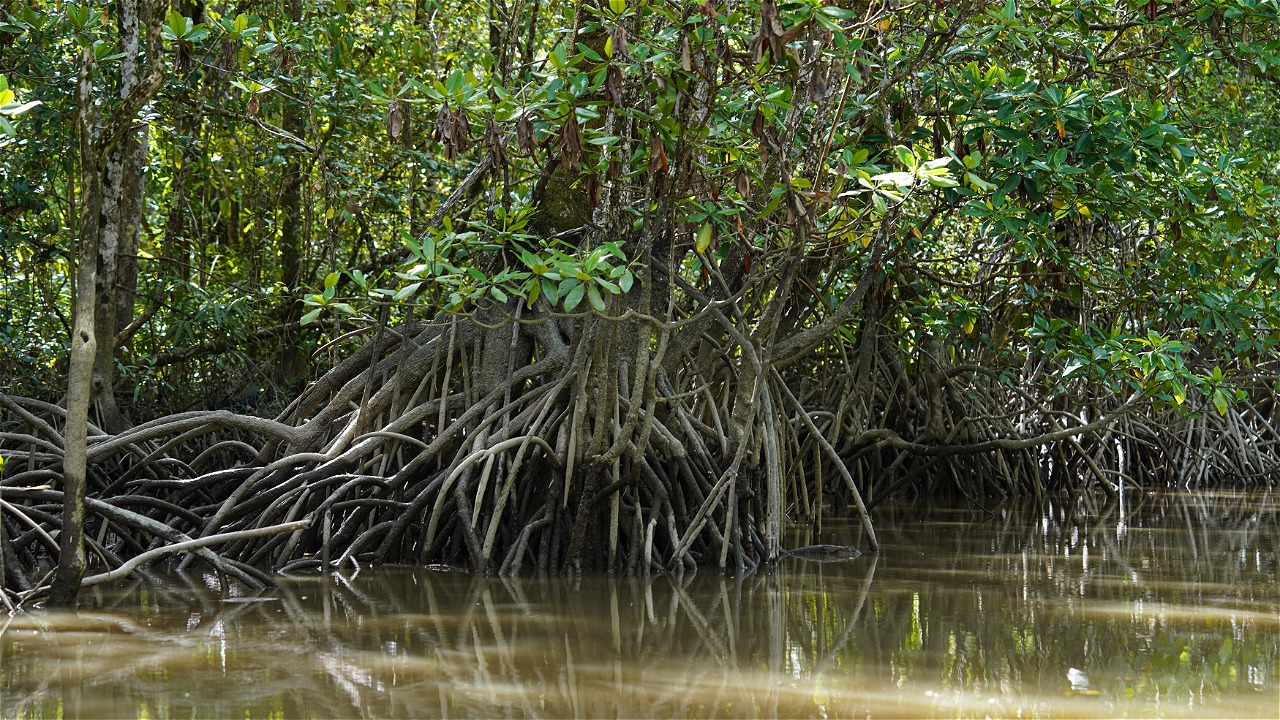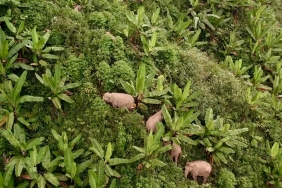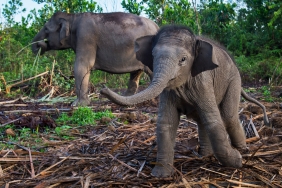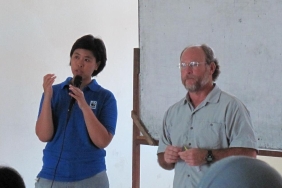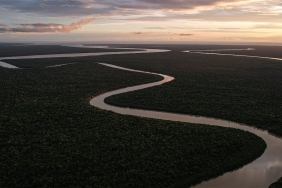MANGROVE PLANTING WITH SAMATURU GROUP
By: Amriana (Local Facilitator of AIP Gracilaria Cultivation Takalar)
Do you still remember the Samaturu' group? This group of gracilaria grass farmers located in Takalar Lama Village, Mappakasunggu District, Takalar Regency has an activity that will be carried out regularly starting this year, namely mangrove planting in the Pattitangang neighborhood targeting river estuaries and pond waterways. The preparation of the plan, which has been carried out since September 12, has resulted in several agreements, namely the conduct of a Forum Group Discusion (FGD) on October 1 to the day of mangrove planting which was carried out on October 8.
The mangrove planting activity carried out with Hasanudin University students and Wageningen University students is a form of their concern for improving environmental quality in aquaculture areas. Mangrove species Rhizopora sp and Avicennia sp planted around the pond area amounted to about 300 seedlings. Seedlings were obtained in the form of mangrove fruits in the form of prophage and plants that have grown roots and leaves. After the mangrove planting, there was a light discussion with the farmers at one of the farmers' residence, around the mangrove planting location.
"It's great to be able to participate in planting mangroves with farmers from Takalar. Because by planting mangroves, we are contributing to the improvement of the environment around the ponds and will later benefit the production of seaweed itself," said Andi Ningsih, a Field Work Practice (PKL) student from the Aquatic Resource Management (MSP) study program, Department of Fisheries, Hasanuddin University.
Behind the Story of Mangrove Planting with Samaturu Group
Samaturu Group as a group of farmers assisted by WWF-Indonesia which was formed with the aim of increasing the capacity and capability of farmers for the development of sustainable gracilaria seaweed cultivation shared stories about the condition of mangroves in their neighborhood. According to one of the farmers, there used to be a lot of mangroves in Pattitangang. However, with the development of aquaculture, some of the mangroves were converted, causing the number to decrease. This resulted in abrasion in the area around the ponds increasing and eroding their land. So it is necessary to plant mangroves to restore the ecological role of mangrove plants in the ecosystem.
The plan is that all pond waterways of the Samaturu' Group members will be planted with mangroves. However, mangrove planting for now is prioritized at the mouth of the river, given the threat of coastal abrasion. Because mangroves are plants that live on the coast and have several important functions, namely as a shelter and spawning ground for shrimp and fish, as a provider of nutrients for water fertility, preventing seawater intuition, flood retention, retaining abrasion by waves and absorbing gas emissions from the greenhouse effect.
This mangrove planting activity is a follow-up agenda for environmental rehabilitation in the pond and surrounding areas, which will be carried out periodically and will continue to be monitored until the establishment of mangrove nursery areas. The farmers will also replant mangrove seedlings that die after planting. In addition, this activity is also coupled with the collection of garbage from around the ponds and garbage that is carried by the waves. They also hope that this mangrove planting activity can attract the interest of farmers and the local community and government to care more about the environment and natural preservation for a better future for future generations.

